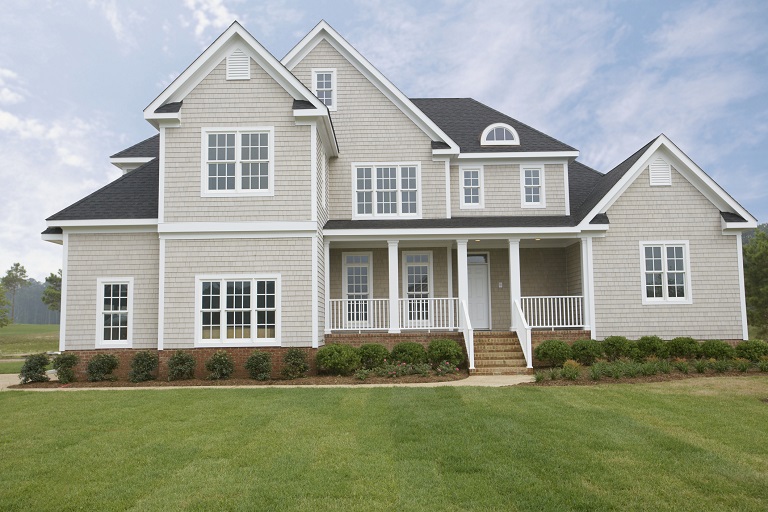
Wondering about the cost to hire an architect? This guide covers average fees, pricing structures, and key factors impacting your budget.
Hiring a structural engineer costs $554 on average, but prices can range from $344 to $776 depending on the type of project, its complexity, and labor costs in your area.


Plans for a new home build commonly range from $2,000 to $10,000.
Not all structural engineers charge the same. Some charge per project, others charge per hour, and some charge per square foot.
Calling a structural engineer for an inspection before a remodel costs $550 on average.
Bringing in a pro early can save money by spotting design efficiencies before construction starts.
This article was created using automation technology and thoroughly fact-checked and edited by HomeAdvisor Editor Ryan Noonan.
Hiring a structural engineer costs an average of $554, with homeowners spending anywhere from $200 to $1,500. Detailed drawings alone can cost $500 to $5,000 each. Where you live, the size of the job, and how often you call in a pro all affect what you’ll pay, so plan for those numbers up front. Bringing in the right engineer keeps your project safe and standing for years to come.
What you pay changes with the kind of report you order. Because a structural engineer’s report comes with an inspection, treat it as one price. A general structural report averages $550, with most running $350 to $800. If the engineer needs to dig into possible foundation trouble, expect the bill to push toward $1,200 or more.
The kind of inspection you order is a big price driver. A whole‑home structural check averages $550, but targeted inspections come in at different rates.
Most homeowners bring in an engineer to review one area before a remodel, after storm damage, or ahead of an addition. The inspection price covers the written report that spells out what you’ll need to stay structurally sound.
Engineers also create the structural drawings your builder needs. For most homes, those blueprints cost between $500 and $5,000 per sheet. New‑build designs tend to land between $2,000 and $10,000. These drawings lay out every load‑bearing component so your crew has a clear roadmap.
Commercial engineering plans cost anywhere from $5,000 to $100,000, depending on the scope of the project.
Prepare to devote as much as 45% of your engineering budget to plans and drawings.
Plans take anywhere from three days to two weeks to complete, depending on the level of detail.
Commercial projects take anywhere from one to four months to complete.
Engineering fees range from place to place and project to project. Depending on the project and the specific engineer, you could pay per project, per hour, or per square foot. On a per-project basis, structural engineer fees range from $2,000 to $8,500 for most basic residential services. You’ll pay $70 to $250 per hour if your structural engineer charges by the hour.
Where you live matters. Engineers price jobs higher in areas with strict seismic or hurricane codes because designs must handle those extra forces, and local permit offices expect plans to prove it.
If you’re building new construction or renovations, there’s no way to get around hiring a structural engineer in your area. However, there are a few ways to save on the costs of hiring these professionals:
Ask if the same firm can handle both engineering and architectural drawings—bundling can trim the total bill.
For straightforward jobs, such as removing a load‑bearing wall, look for pros who quote a flat fee instead of an hourly rate.
Stick with standardized design elements when you can. Custom details drive costs up fast.
Pay for experience. A seasoned engineer often spots money‑saving options you might miss.
Keep the same engineer on board for inspections, assessments, and repairs to lock in multi‑service discounts.
No place is more important than your home, which is why HomeAdvisor connects homeowners with local pros to transform their houses into homes they love. To help homeowners prepare for their next project, HomeAdvisor provides readers with accurate cost data and follows strict editorial guidelines. We surveyed thousands of real customers about their project costs to develop the pricing data you see, so you can make the best decisions for you and your home. We pair this data with research from reputable sources, including the U.S. Bureau of Labor Statistics, academic journals, market studies, and interviews with industry experts—all to ensure our prices reflect real-world projects.
From average costs to expert advice, get all the answers you need to get your job done.

Wondering about the cost to hire an architect? This guide covers average fees, pricing structures, and key factors impacting your budget.

Explore how much it costs to replace floor joists based on factors such as the extent of damage, number of boards, and local labor rates.

Wondering who to hire to replace a sill plate? Learn why a structural engineer and a foundation repair company are the right pros to call

Wondering who does land surveys? Learn when to call a licensed land surveyor, how surveys work, and key factors that affect cost.

Not sure who to hire to remove a load-bearing wall? See when to call a structural engineer or contractor, costs, and next steps.

Learn who checks load-bearing walls, what professionals to hire, and cost details—learn how to ensure your home’s structural safety.